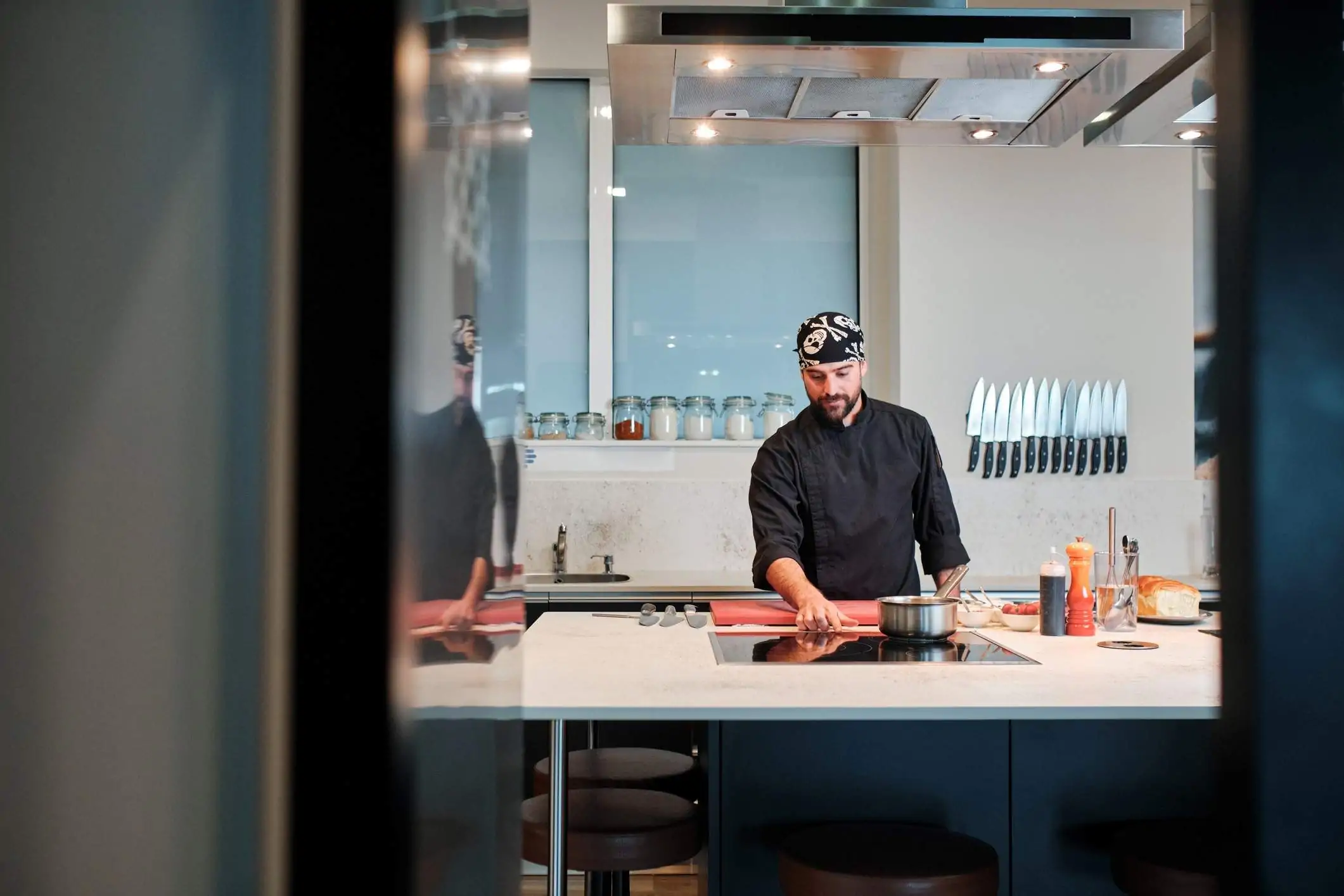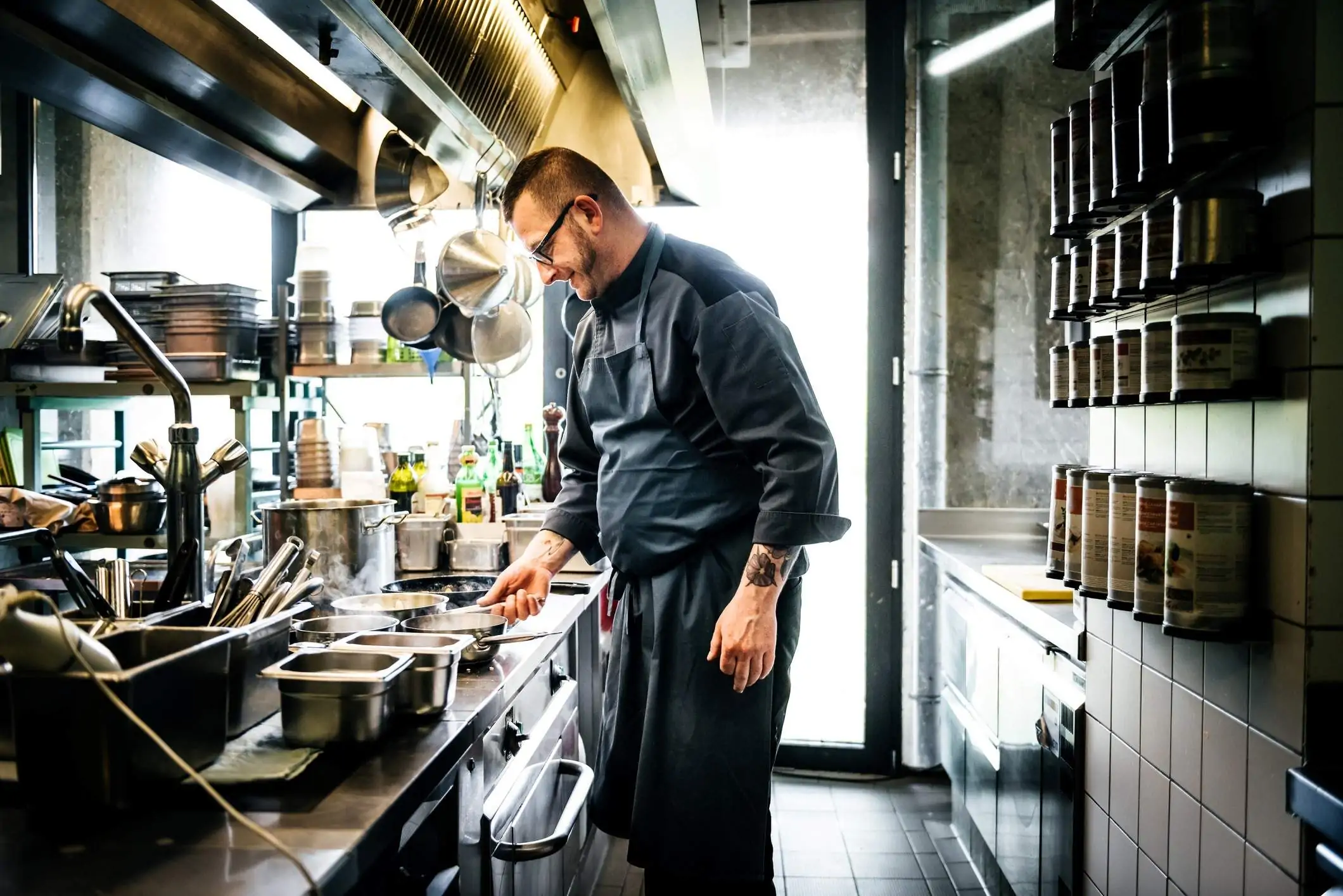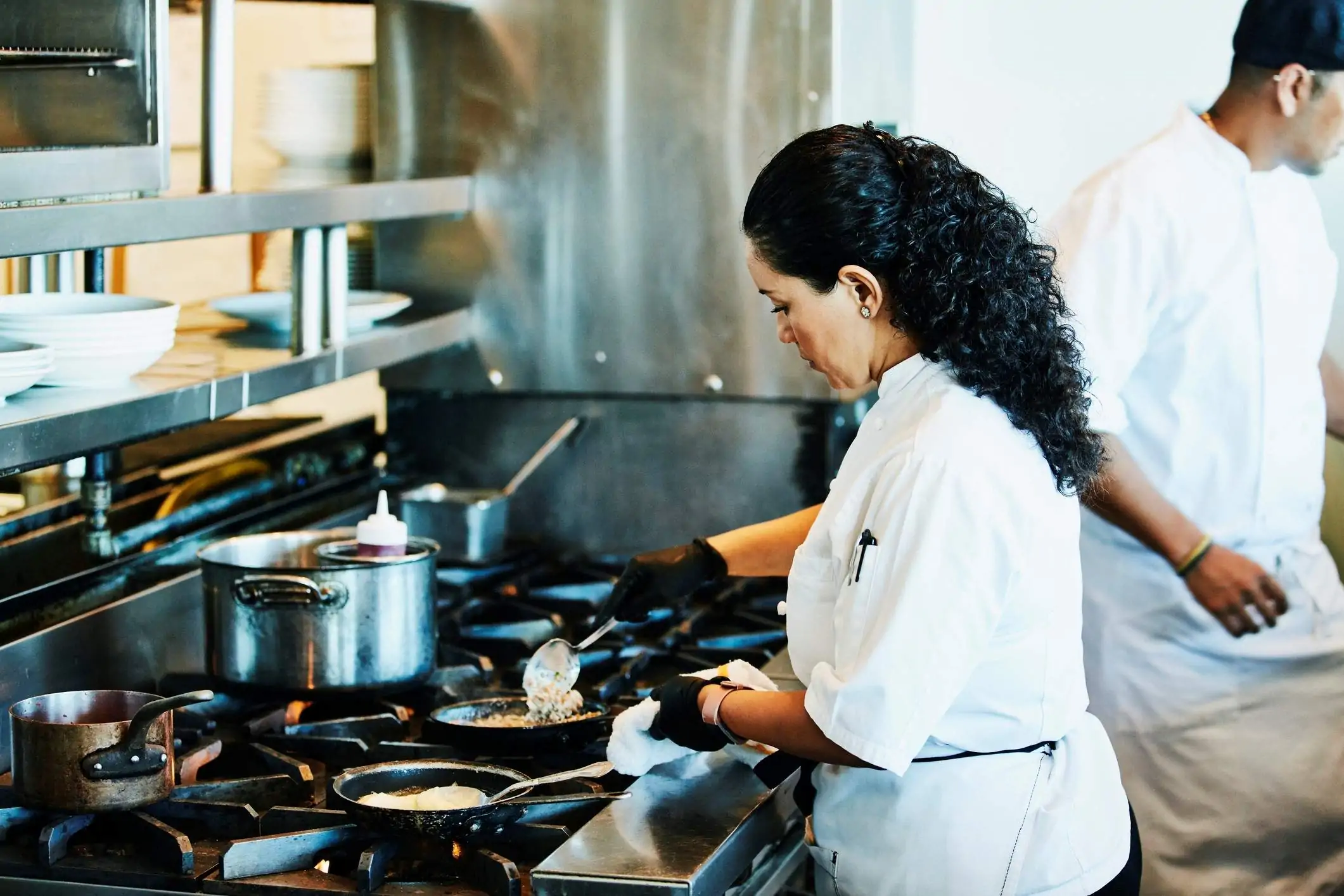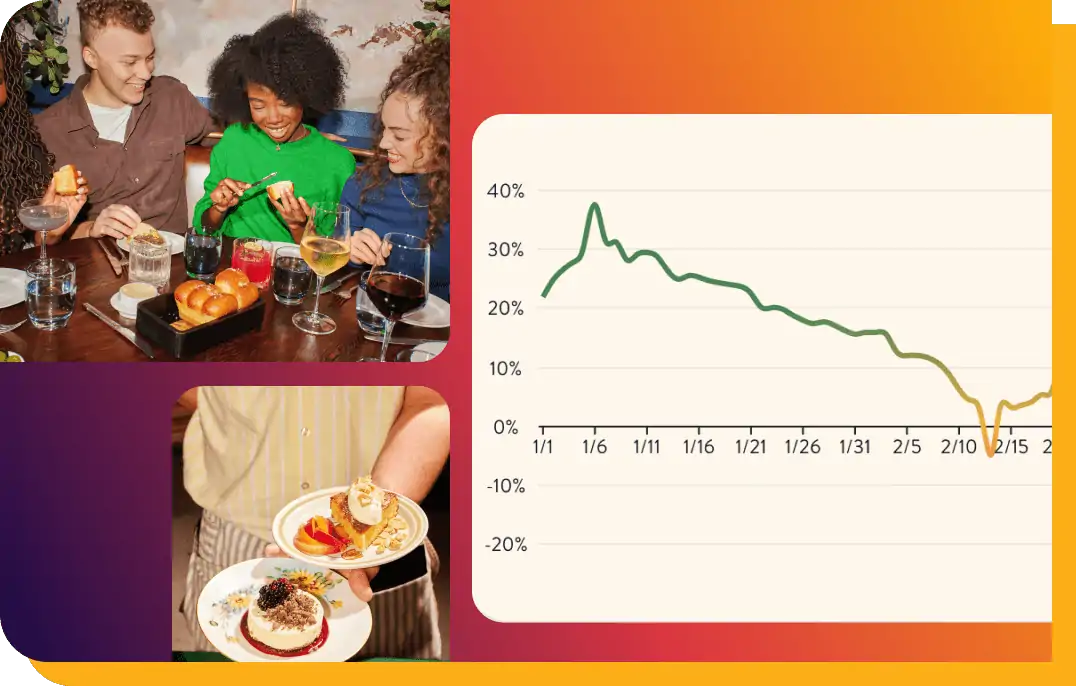Though every restaurant kitchen is a special snowflake, most have this in common: a heavy duty commercial range lit up with flickering blue gas flames. It’s an altar to #cheflife.
The element of fire is central to restaurant mythology. It’s dramatic, it’s extreme, and it’s a little dangerous. Fire is the heart of a chef’s magic act of transforming raw ingredients into the food guests crave. Chefs flaunt their forearm burns with pride and many get flames tattooed on their arms.
But gas’s reign over the hearts and minds of the restaurant world may be ending. New science and reports have called the wisdom of cooking with gas into question.
Gas under fire
Research shows that gas cooking can increase the risk of illnesses for anyone exposed to the fumes it throws off. Exposure to gas fumes can lead to headaches, dizziness, nausea, and fatigue, for starters.
The risks of serious illnesses like asthma and bronchitis are also increased by being around gas. All of this is especially worrying for those who work in environments with high gas fume concentrations in the air, including restaurant kitchens.
Gas isn’t just bad for human health; it’s also a problem for the environment. A study published in the Journal Environmental Science & Technology found that gas stoves in the US emit as much greenhouse gasses as half a million gas cars every year.
As a result, cities and towns across the world have implemented or proposed gas bans for new construction. The goal is to cut carbon emissions and improve air quality by shifting to renewable energy sources and reducing dependence on fossil fuels.
Some cities in the US, including San Francisco, Seattle, and Berkeley, have already passed gas bans for new construction. In Europe, the Netherlands, Sweden, and Denmark have set targets to phase out gas by 2050.
For restaurant owners planning to build a new space, it’s time to consider the possibility of a ban and get ready for a gas-free future. You won’t be alone. Many restaurants have already left gas behind.

Why the obsession with gas?
The biggest roadblock to gas-free restaurant kitchens is emotional. A lot of people believe that gas is the best if not the only way to cook a steak or anything else properly. There’s a reason the idiom “cooking with gas” has come to mean ”doing something very well.”
The reasons behind this have less to do with gas itself than the marketing that’s been put behind it. Gas companies and their lobbying groups have produced campaigns pushing gas for generations.
Today, groups like Propane Education & Research Council (PERC) send celebrity chefs onto morning news shows to talk up cooking with gas. You may have seen instagram influencers doing the same in your feed. The trending hashtag #cookingwithgas was bought and paid for by the American Gas Association and American Public Gas Association.
The obsession with gas is based as much on this marketing spell as it is on the innate preference of cooks. It’ll be up to the next generation of restaurateurs and chefs to break the spell and bring the industry into a cleaner, safer era—with a little help from an innovative appliance: Induction cooktops.

Bye-bye gas, hello induction
Induction cooking is still somewhat rare in the US, but it’s everywhere in Europe. It’s built on technology that uses electromagnetic fields to heat cookware (not a burner) directly. Many top restaurants around the world already rely on induction cooking to turn out world-class food including Alinea in Chicago and The Fat Duck in England.
Cookware must be compatible with induction—not every pot and pan will work. But the stainless steel cookware ubiquitous in professional kitchens is compatible with induction. Copper, glass and aluminum cookware is not. As a general rule, if a magnet sticks to a piece of cookware, it’s good to go on induction.
If you’ve never seen an induction cooktop in action, here are some the major benefits:
Better energy efficiency
The energy efficiency of induction cooking is around 90%, while traditional gas stoves are around 40% efficient. This means that induction cooking requires less energy and produces less waste. In a nutshell, induction cuts your utility bill and greenhouse gas emissions at the same time.
Safety
If you’ve ever seen a side towel go up in flames after drifting too close to a burner, you understand one big reason why induction cooking is safer than gas stoves.
Unlike gas stoves, induction has no open flame or gas leakage risk, and there is no risk of burns from a hot surface. It’s rare, but gas lines do cause whole restaurants to explode from time to time, a scenario well worth avoiding.
Easy to clean and sanitize
There are no grates, burners, crevices, or gas lines to clean. Food can’t get stuck or crusted onto an induction range’s smooth surface.
Speed, accuracy, and consistency
Induction cooktops and burners offer precise temperature control, allowing chefs to cook dishes more accurately and consistently. Unlike gas burners, they can maintain a heat low enough to melt chocolate without a double boiler or keep stock at a bare simmer. Induction burners are so powerful, they can bring a large stockpot to a boil in a fraction of the time as a gas burner.

How to make cooking with gas safer
Induction may well be the future of cooking in restaurant kitchens, but few restaurant owners can afford to replace functional appliances on a whim. If you want to make the switch, you may want or need to wait a few years. Here are some steps to consider to make cooking with gas safer in the meantime.
Proper ventilation
Without good ventilation, dangerous gasses are more likely to build up. Consider upgrading your exhaust hood if it’s due or adding additional ventilation. And be sure to keep the hood clean.
Regular maintenance
Schedule periodic inspection of gas lines, valves, burners, and other components to ensure that they’re all ship shape.
Team training
Everyone should get trained on the proper use of gas stoves and safety procedures. This includes understanding the signs of gas leaks, how to shut off the gas supply, and what to do in case of a fire.
Maintaining Fire Extinguishers
Obvious but overlooked: Restaurants should always have readily accessible, working fire extinguishers in the kitchen. Everyone should also receive training on how to use them in case of a fire.




